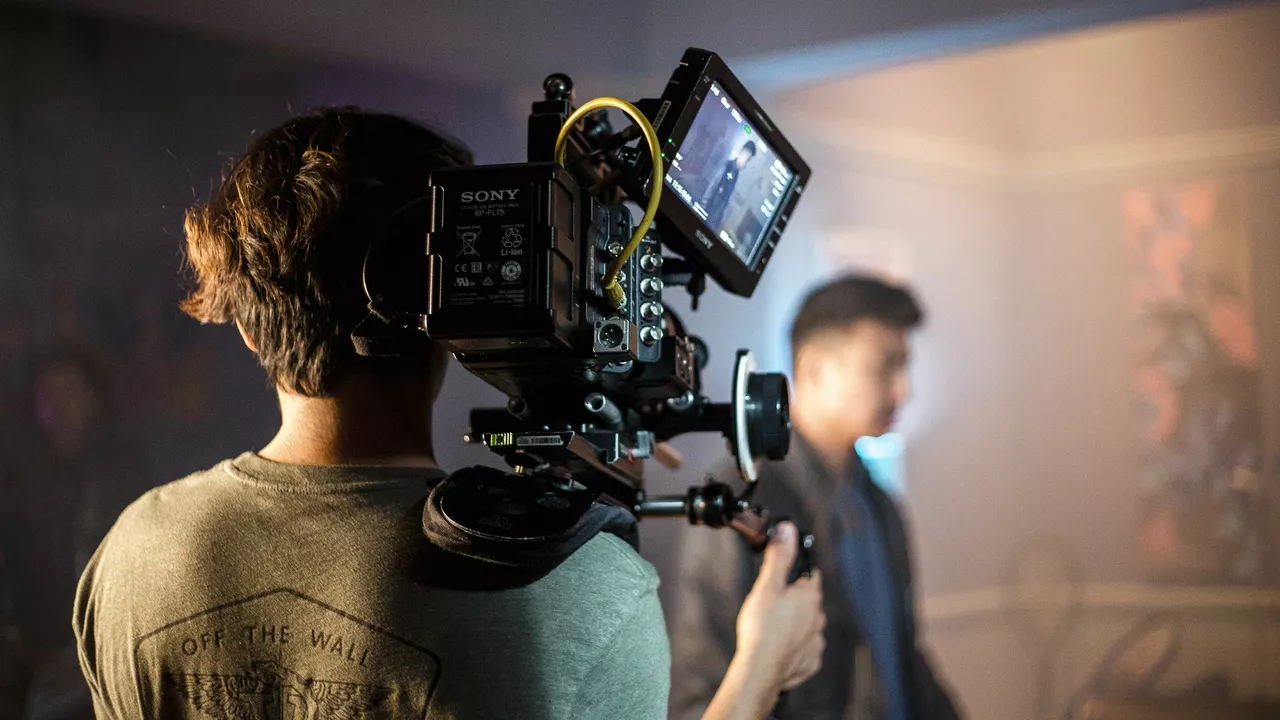Movie Production Techniques That Actually Work
Ever wondered why some movies feel slick while others look like they were shot on a phone? The difference usually comes down to a handful of production tricks that anyone can learn. Below are the most useful techniques, straight from set‑rooms and indie studios, that make a film look professional without a massive budget.
Pre‑Production Planning Made Easy
Nothing beats a solid plan. Start by breaking your script into scenes and list every location, prop, and actor needed. A simple spreadsheet does the trick, but I recommend using free tools like StudioBinder or Google Sheets with color‑coded columns for “ready,” “in‑progress,” and “blocked.” When you see at a glance what’s missing, you avoid costly last‑minute scrambles.
Next, create a shot list that pairs each line of dialogue with a camera angle. This keeps the director, DP, and crew on the same page. A common mistake is leaving camera choices to the day of the shoot – that leads to wasted time and uneven footage. Sketching rough storyboards (even on a napkin) helps the whole team visualize the look before the first roll.
On‑Set Hacks for Faster, Cleaner Shoots
When the lights go up, efficiency is king. Here are three proven tricks:
- Use a “move‑up” marker. Place a small piece of tape on the floor where actors should hit their marks. It reduces the number of takes spent adjusting positions.
- Employ a “quick‑swap” lens kit. Keep a set of commonly used lenses – a 35mm for wide shots and an 85mm for close‑ups – mounted on a single follow‑focus. Swapping lenses in seconds means you stay in the flow.
- Run a sound‑check with a dummy mic. Before the actors arrive, record a few seconds of ambient noise. This gives the sound team a baseline and prevents surprise echo issues later.
Another underrated tip is to shoot with a slightly higher frame rate (e.g., 48fps) and then play it back at 24fps for a subtle slow‑motion effect. It adds drama without extra post‑production work.
Post‑production often feels like a black box, but a few disciplined habits make it painless. First, label every clip as soon as you import it – “Scene_03_Take_2_Wide.” Good naming saves hours when you’re searching for that perfect reaction shot. Second, use LUTs (lookup tables) during editing to lock in a consistent color tone early on. It prevents the dreaded “look‑different” problem when you finally add VFX or color grading.
Finally, remember that feedback is cheap. Show a rough cut to a small group of trusted friends and take notes on pacing, audio clarity, and visual continuity. Small tweaks now avoid massive re‑edits after the final export.
Whether you’re shooting a Bollywood drama, an indie sci‑fi short, or a regional documentary, these production techniques keep your project on track and look polished. The magic isn’t in expensive gear alone; it’s in the habits you build before, during, and after the shoot. Ready to give them a try?
In my latest blog, I explored why TV shows aren't filmed like movies. The main reason is budget - TV shows typically have a smaller budget per episode compared to a movie. This means they often can't afford the same high-quality special effects or grand locations. Also, TV shows need to produce content more quickly to keep up with weekly schedules, which doesn't allow for the lengthy post-production process often used in movies. Finally, they are usually designed for smaller screens, so the visual style and storytelling techniques can be different.
Jul, 18 2023
